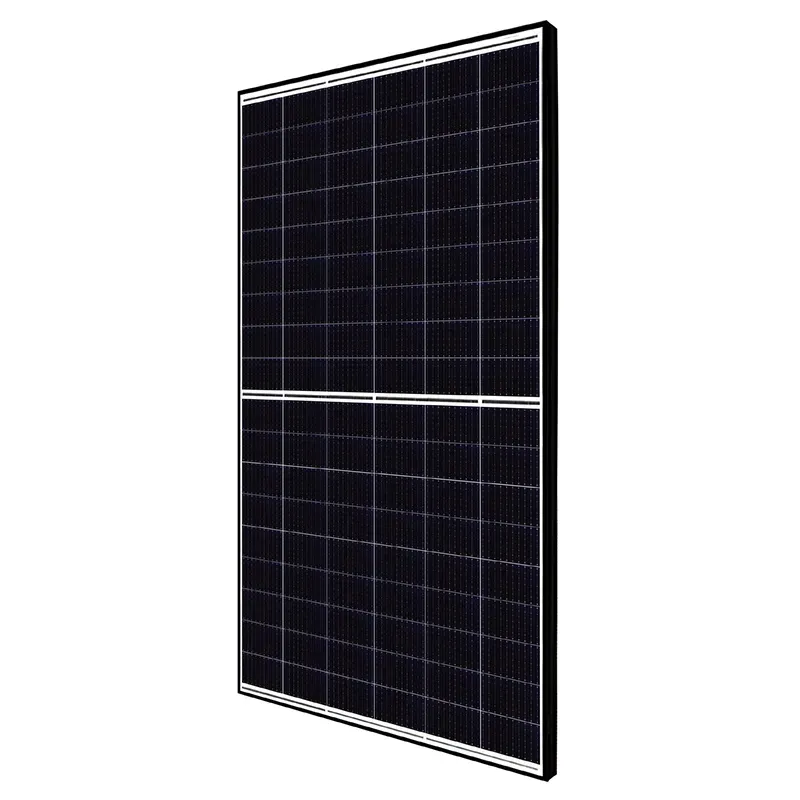roof solar panel size
Understanding Roof Solar Panel Size Key Considerations for Homeowners
As solar energy continues to gain traction as a sustainable and cost-effective power source, homeowners are increasingly considering the installation of roof solar panels. However, one of the fundamental aspects that often confuses potential buyers is the size of the solar panels required. The size of solar panels impacts their efficiency, the energy they produce, and ultimately, the overall cost of installation. This article aims to demystify the concept of roof solar panel size and guide homeowners in making informed decisions.
What Are Roof Solar Panels?
Roof solar panels are photovoltaic (PV) systems installed on the rooftops of homes to convert sunlight into electricity. These panels consist of numerous solar cells made from materials such as silicon, which capture sunlight and convert it into usable energy. When considering solar panel installation, one of the first questions homeowners should ask is, What size panels will I need?
Determining the Right Size of Solar Panels
The size of solar panels is typically indicated in terms of their physical dimensions and their wattage output. Common solar panel sizes range from 60 to 72 cells, resulting in dimensions that generally measure between 5.5 to 6.5 feet in length and 3 to 4 feet in width. The wattage output varies, with typical residential panels producing between 250 to 400 watts each.
When determining the number and size of panels required, several factors come into play
1. Energy Needs Understanding your household's energy consumption is the first step in determining how many solar panels you will need. Examine your past utility bills to assess your average monthly electricity usage, which is usually measured in kilowatt-hours (kWh).
2. Solar Panel Output The efficiency of each solar panel you choose will influence the number required. Higher wattage panels produce more electricity, potentially reducing the total number of panels needed.
roof solar panel size

3. Roof Size and Orientation The available area on your roof significantly affects the number of panels you can install. A larger roof area allows for more panels, while roofs with obstructions such as chimneys or vents may limit installation options. Additionally, the orientation and tilt of the roof can impact solar exposure and energy production.
4. Local Climate The amount of sunlight your location receives directly influences the efficiency of your solar panels. Homes in sunnier regions may require fewer panels to meet energy needs compared to those in cloudier areas.
Calculating the Number of Panels Needed
To estimate the number of solar panels required, homeowners can use a simple formula
1. First, calculate your total energy usage in kWh per month. 2. Then, determine the average daily energy usage by dividing the monthly usage by 30. 3. Next, estimate the total daily energy output of a single panel based on its wattage and your local solar insolation (the amount of solar energy received per square meter). 4. Finally, divide your daily energy needs by the daily output of one panel to get the total number of panels required.
Conclusion
Choosing the appropriate size for roof solar panels involves a multitude of factors, including energy needs, panel output, roof size, and local climate conditions. By understanding these variables, homeowners can make informed choices about their solar panel installations, maximizing energy production and minimizing costs.
Investing in solar energy not only contributes to environmental sustainability but also offers long-term financial benefits. As you consider transitioning to solar power, don’t hesitate to consult with solar installation professionals who can provide tailored advice based on your unique situation. Embracing clean energy through thoughtfully sized solar panels is a significant step toward a more sustainable future.
-
Understanding the Advantages of Solar String Inverters for Your Energy SystemNewsApr.29,2025
-
Choosing the Right PV Inverter: A Comprehensive GuideNewsApr.29,2025
-
The Future of Solar Power: Exploring Bifacial Solar PanelsNewsApr.29,2025
-
The Complete Guide to Solar Panels: Efficiency, Cost, And InstallationNewsApr.29,2025
-
The Best Options for Efficiency and Cost-EffectivenessNewsApr.29,2025
-
Harnessing the Power of Off-Grid Solar Inverters for Energy IndependenceNewsApr.29,2025







